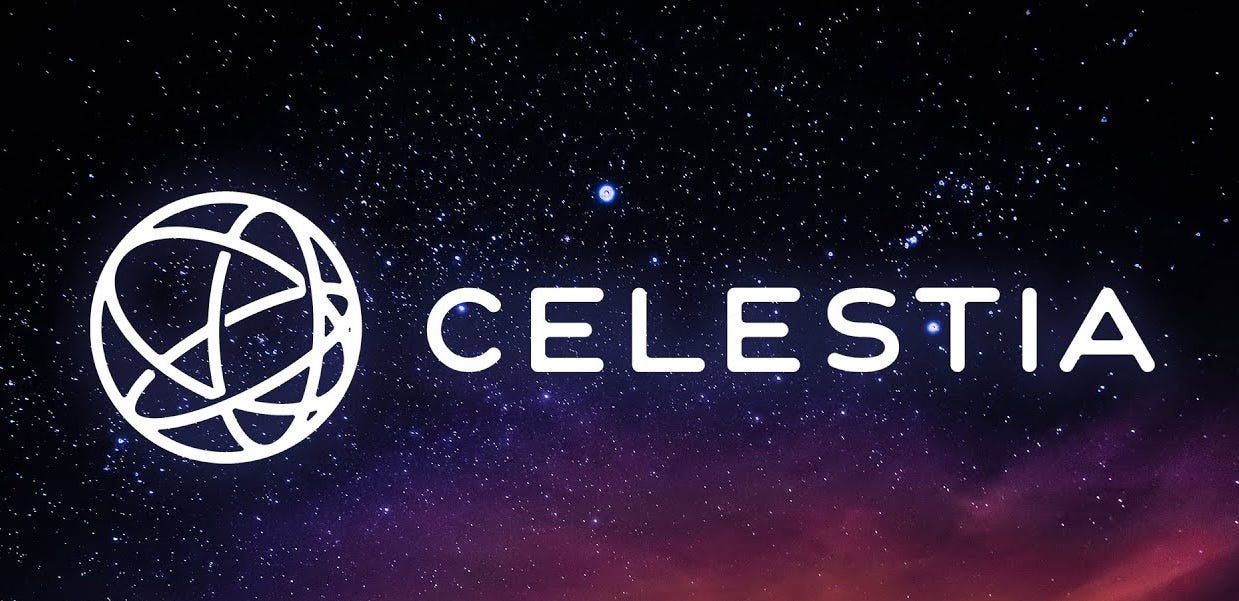Celestia Labs has unveiled the MAMO-1 public testnet designed to push the boundaries of data throughput by enabling developers to test high-throughput applications under realistic conditions while preparing for future mainnet upgrades. It delivers 128MB blocks every six seconds, achieving an unprecedented 21.33MB/s of permissionless data throughput.
MAMO-1 is production-ready and, unlike its predecessor, simulates real-world validator configurations across distributed nodes in Amsterdam, Paris, and Warsaw. It builds on Celestia’s earlier testnets, such as Mammoth Mini, which achieved 27 MB/s throughput under experimental conditions.
MAMO-1 Key Features and Why it Matters
The testnet introduces four key features: 128MB blocks, the Vacuum! Protocol, validator availability certificates, and a pull-based broadcast tree. The features enable MAMO-1 to be resilient against network congestion and attacks like denial-of-service or Sybil exploits while achieving significantly rapid data propagation.
MAMO-1 resolves a critical need in blockchain scalability: handling extreme data loads without compromising decentralization or security. Modular blockchains like Celestia are uniquely suited for this challenge because they focus on consensus and data availability while offloading state execution to rollups.
Therefore, developers building rollups or decentralized applications (dApps) benefit from a testbed capable of supporting demanding workloads, ranging from fully on-chain gaming worlds to high-frequency financial transactions akin to Visa networks running in parallel.
This is possible due to its throughput of 21.33 MB/s, which enables it to handle hundreds of thousands of ERC-20 transfers per second (assuming compression).
Celestia Roadmap to 1GB Blocks
Celestia’s ambition to achieve 1GB blocks would enable up to 83 MB/s throughput. According to the roadmap, enhancements such as compact blocks, optimized state machines, and advanced blob propagation protocols like Vacuum! are in future plans.
However, to successfully implement its roadmap, Celestia will need to navigate challenges, including validator coordination, network congestion, and the adoption curve.
READ MORE: Solana’s $BANG Gains 30,000% in 6 Hours — Can New Presales Ride the Hype?













